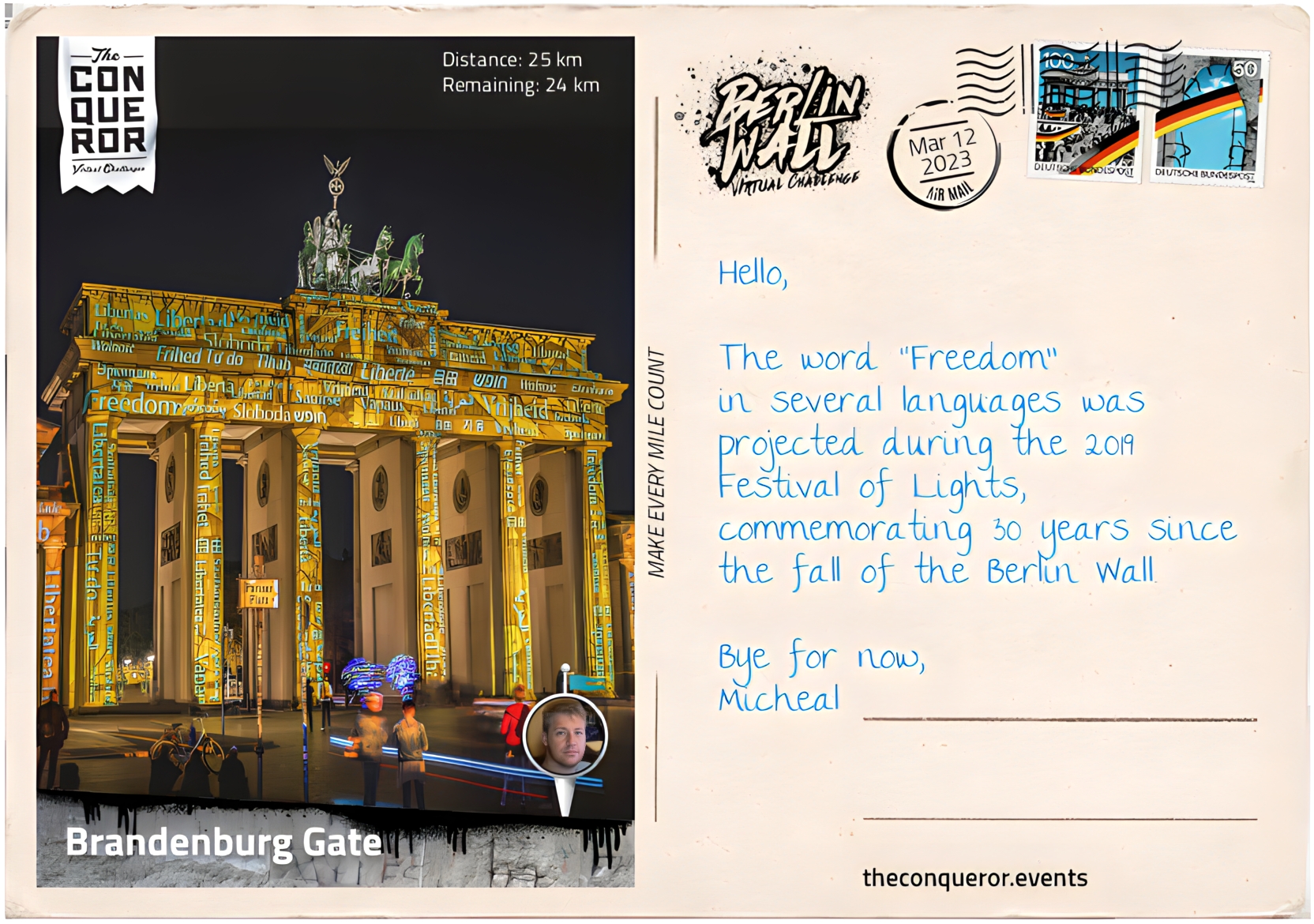Berlin Wall: Brandenburg Gate

Two significant landmarks that played pivotal roles in Berlin’s history, Checkpoint Charlie and Brandenburg Gate, are located less than a mile apart from each other. Checkpoint Charlie served as a major border crossing between East and West Berlin and was the only point of entry accessible to foreigners and Allied forces. In contrast to the heavily fortified East Berlin side featuring guard towers and barriers, the checkpoint was a simple wooden shack. Its purpose was to demonstrate that the Berlin Wall was not a legal international border, and the checkpoints were meant to be temporary.
One of the most significant incidents at Checkpoint Charlie occurred in October 1961 when a US diplomat was denied entry into East Berlin after refusing to have his documents examined by East Germans, citing the US-USSR agreement that only Soviets were authorized to check documents. This led to repeated efforts to restrict access to American personnel, culminating in a tank standoff between the US and the Soviet Union, with both sides training their guns on each other. Diplomatic negotiations ensued, and tensions were diffused, leading to a peaceful withdrawal of tanks.
Nearby, Brandenburg Gate, originally named the Peace Gate when built in the 18th century, was used for a triumphal procession by Napoleon in 1806, who took the quadriga atop the Gate as a trophy. It became a symbol of the Nazi regime in the early 20th century and suffered significant damage during World War II. After the war, the Allies restored it, but the Berlin Wall later closed off the Gate from public access, leaving only viewing points from a distance.
The Gate regained its symbolic significance after the fall of the Berlin Wall as a representation of peace and unity, reminiscent of its original purpose. Meanwhile, Checkpoint Charlie remains a poignant reminder of the stark division between East and West Berlin during the Cold War era.
Want to join this challenge? Click here.
More from the Berlin Wall Challenge:







Keep In Touch